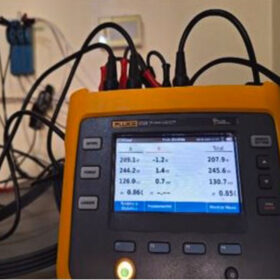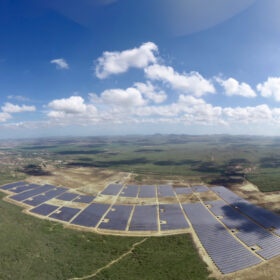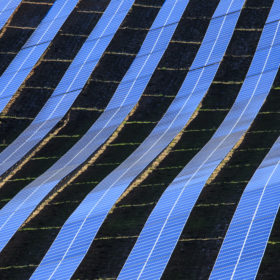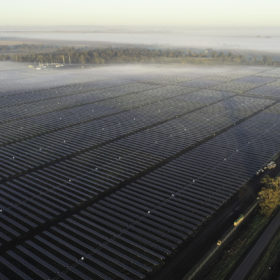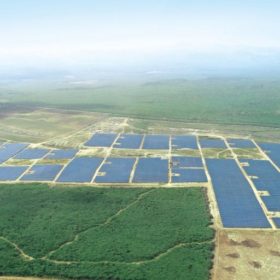Dominican Republic launches tender for 40 MW PV plant
Empresa de Generación Eléctrica Punta Catalina (EGEPC), the Dominican Republic’s power utility, has launched a tender for a 40 MW solar plant aimed at self-consumption.
PV system sizing for 100% self-consumption
A group of researchers has proposed a new method for the sizing of PV systems that do not rely on an anti-dump system and operate without the possibility of injecting power into the grid. The novel approach requires an estimate of the annual hourly profile and the minimum power demanded, as well as the use of an irradiance meter and an electrical network analyzer.
Dominican Republic grants three new concessions for 148 solar MW
The National Energy Commission of the Dominican Republic (CNE) has announced the granting of the definitive concession to three photovoltaic projects totaling 148 MW.
Solar and wind together overhaul global hydro capacity
The latest set of clean energy statistics compiled by the International Renewable Energy Agency signal a changing of the guard when it comes to clean power, with legacy hydropower facilities overtaken by new intermittent renewables.
More solar power deals pop up in Latin America
Big clean energy supply contracts have been announced in Brazil, Mexico and the Dominican Republic.
Risen profits for HJT manufacturer
Ukraine’s favorite solar module manufacturer has posted another encouraging set of returns, after a difficult year in 2018. And Risen – which boasted 6.6 GW of annual production capacity at the end of last year, according to analysts at PV InfoLink – is committed to adding another 2.5 GW before 2022.
Rebuilding for resilience
The islands of the Caribbean have been focusing on the deployment of storage solutions, minigrids and microgrids in response to the damage their power systems suffered during the 2017 hurricane season. But with the opportunities, there are also challenges.
Distributed generation growing in Latin America
In the early years of the 21st century, distributed generation systems in Latin America were mainly installed off-grid in remote rural areas, writes Maria Chea, solar analyst at IHS Markit. As the El Niño phenomenon and high oil prices continued to exacerbate high electricity prices and power shortages, governments began to turn their attention to distributed generation, including PV systems, to assuage strains on their national grid networks.
F&S Solar commissions Caribbean’s largest PV plant
With a capacity of 58 MW, the Caribbean’s largest PV plant has been commissioned in the Dominican Republic. The site was developed, planned and built by German EPC, F&S Solar. It now aims to ramp the project up to 119 MW by next year.
Ground breaks on 25 MW solar plant in Dominican Republic
The project is part of the three large-scale solar plants that the Dominican government is planning to bring online in 2018.

